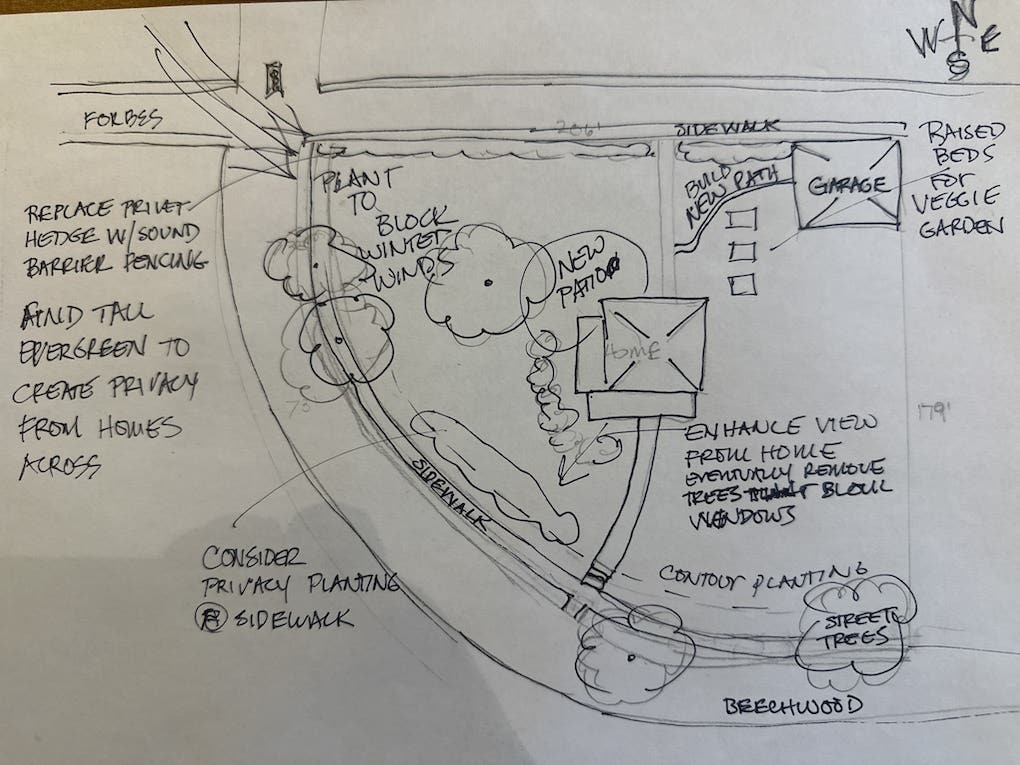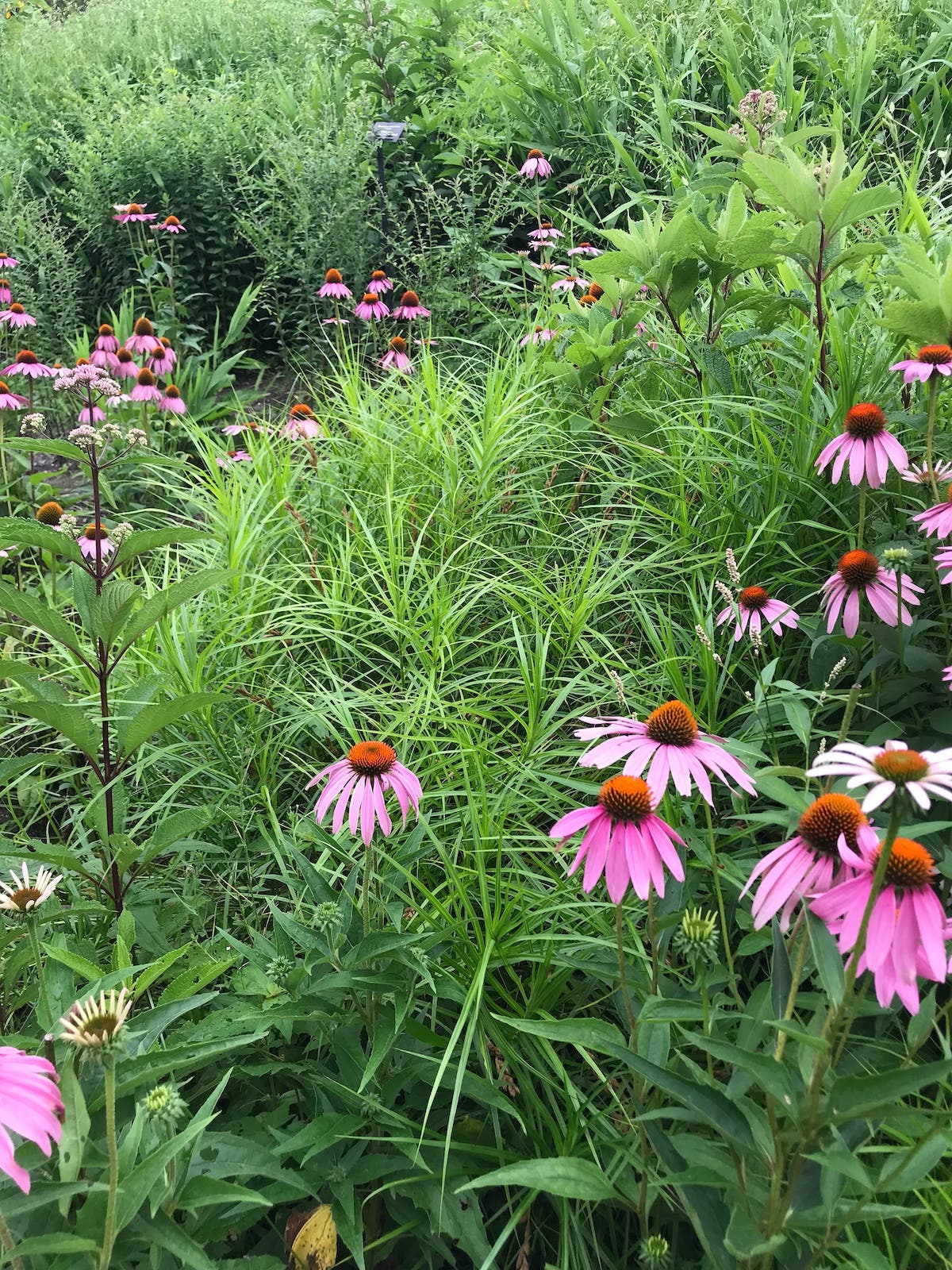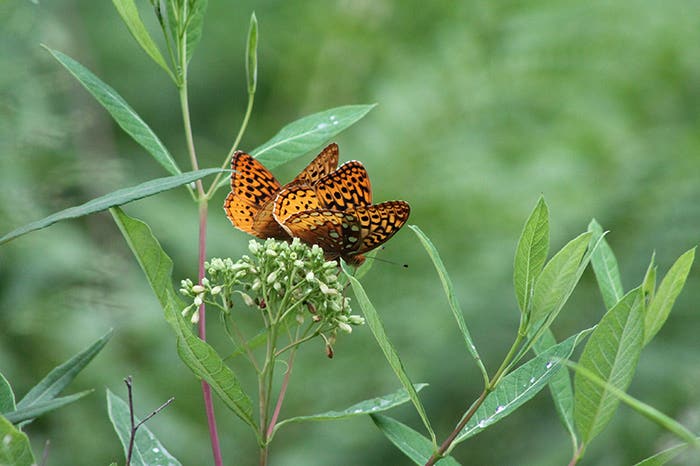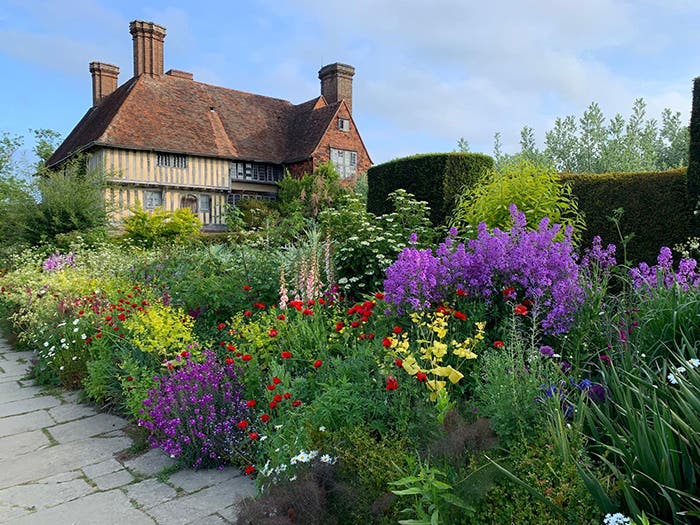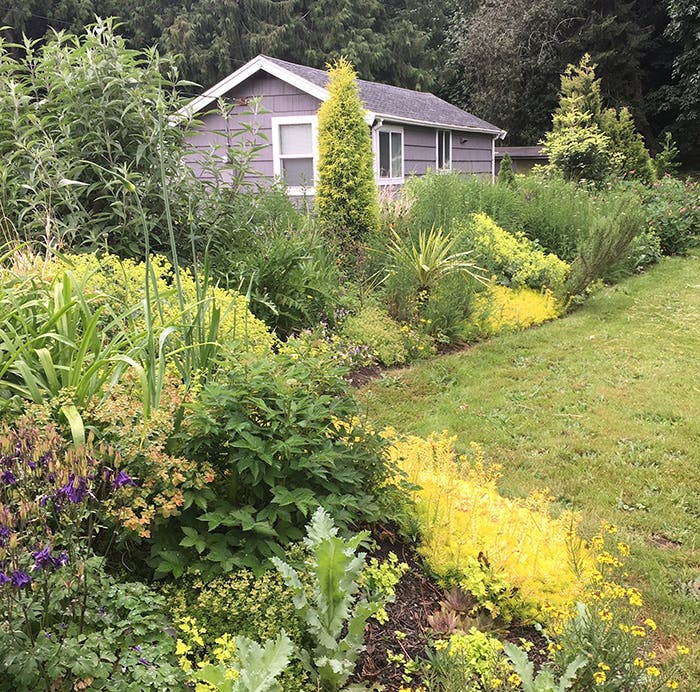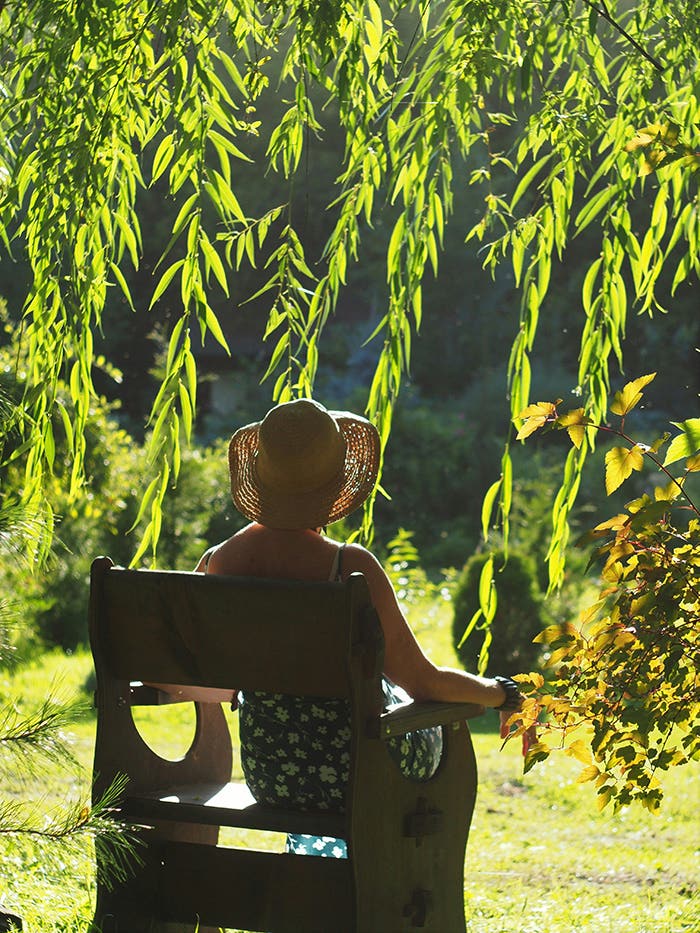A Town Transformed
Gardens are not just about plants; they are about the people who create them. Gardens need a personality and a vision to be successful. These things are especially crucial for public gardens—without them, they are only background landscape. . . .
Gardens are not just about plants; they are about the people who create them. Gardens need a personality and a vision to be successful. These things are especially crucial for public gardens—without them, they are only background landscape. A model for cities and towns to follow can be found in Enkoping, Sweden, where the parks are candy for the plant-crazy and engaging for nongardeners, too.
The early 1980s found the parks in this town of 35,000 to be much the same as many public parks around the world. Annual bedding plants provided a feast of color during the short Swedish growing season. A few year-round staff members maintained them, with help from temporary summer workers. Stefan Matson, Enkoping’s head gardener, or parks superintendent, was not satisfied with the impact the gardens made. He took a hard look at how the displays were created, what they cost, and how they engaged (or didn’t engage) the public. He wanted to find a system that would increase professional growth for his staff, inspire the communities of the town, and jibe better with his meager budget. Given Sweden’s short growing season, his first step was to trade the beds of annuals for plants that make an impact over many months. Perennials offered him a wide range of textures and forms with which to work, and, he figured, would cost less in the long run than the yearly expense of annuals.
Pocket Parks
Matson and his gardeners took small steps at first, shifting the first park to perennials in the mid 1980s. They planted its 2,000 square feet with Clematis alpine, Epimedium rubrum, and Geranium macrorrhizum ‘Ingwersen’s Variety’. The local neighborhood quickly embraced its new garden. With this success under his belt, Matson led the town in revamping other old parks and creating new ones. As they completed three new parks in the late 1980s, they noticed a pattern—each has the feeling of a room, with neatly trimmed hedging enclosing visitors in an intimate space. They also completely lack turf; paths and open sitting areas fill the gaps between beds. The contrast between the billowing perennials and the clean hedges, crisp paths, and terraces create dynamic public spaces. They began calling them "pocket parks" or "green rooms."
While attending a perennial conference in Germany, Matson took a bus ride that ultimately launched Enkoping into the gardening world’s view. He sat beside legendary plantsman and designer Piet Oudolf, and their ensuing conversation ended with Oudolf eagerly agree-ing to design and plant Enkoping’s largest park to date: the Dromparken, or Dreampark.
The Dreampark was installed in 1996. Hundreds of different perennials, planted in drifts of all heights, colors, and textures, make it stunning year-round. Closely cropped beech hedges form walls, towers, and small intimate rooms among these open sweeps. As in most, if not all, of his designs, Oudolf chose plants not for their fleeting blooms but for their textures and shapes. The Dreampark looks as beautiful in late autumn, when seed heads stand in silhouette against the gray sky, as it does at the height of summer, when the heart-stopping salvia river blooms.
The gardeners
While Oudolf’s Dreampark has drawn international attention to Enkoping, all of the town’s 24 parks, small and large, deserve equal recognition for their creative design and impeccable maintenance. Matson strives to install only parks that can be kept at their best. He realizes that Enkoping owes its parks’ success to the people who garden them daily, so he treats his staff well. He allows them to participate in all aspects of the parks—no one person only collects trash or weeds paths. He assigns each member to one-third of the parks and encourages their input on design as well as maintenance processes. Matson tries to ensure the return of his seasonal workers by helping them find local winter work.
Visitors will find few plant tags in the parks, but they have easy access to complete site plans and planting lists. These remain in small kiosks at each park’s entrance. This information makes it easy for townspeople to translate the inspiration they find in the parks into plans for their own gardens.
The future
Stefan Matson and Tomas Lindevall, the man who helps him execute all plans, might enjoy the international accolades their splendid parks system has garnered, but they are still moving forward. They have the goal that every neighborhood in Enkoping has a pocket park to call its own. In the meantime, they have created an area along the river on the way out of town, just down the street from the Dreampark, where garden design students, designers from local nurseries, and garden clubs can install “instant gardens.” Each interested group is given a small plot of land, and they can put in whatever type of garden they want. Each remains in place for one year. They may be put up and taken down without ceremony, but it is understood, and quite possible, that one may appear that will provide inspiration for Enkoping’s next pocket park—just as this small town has quietly grown public gardens that inspire the world. H
Related Links:
http://www.si.se/templates/CommonPage____3043.aspx
http://www.linnaeus300.com


